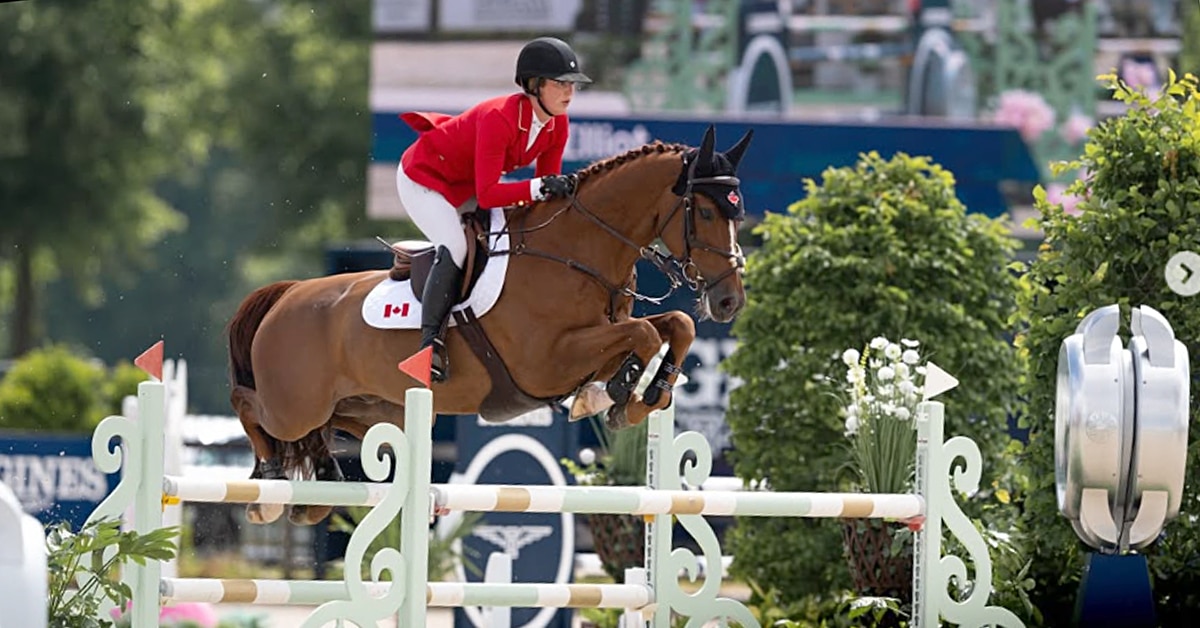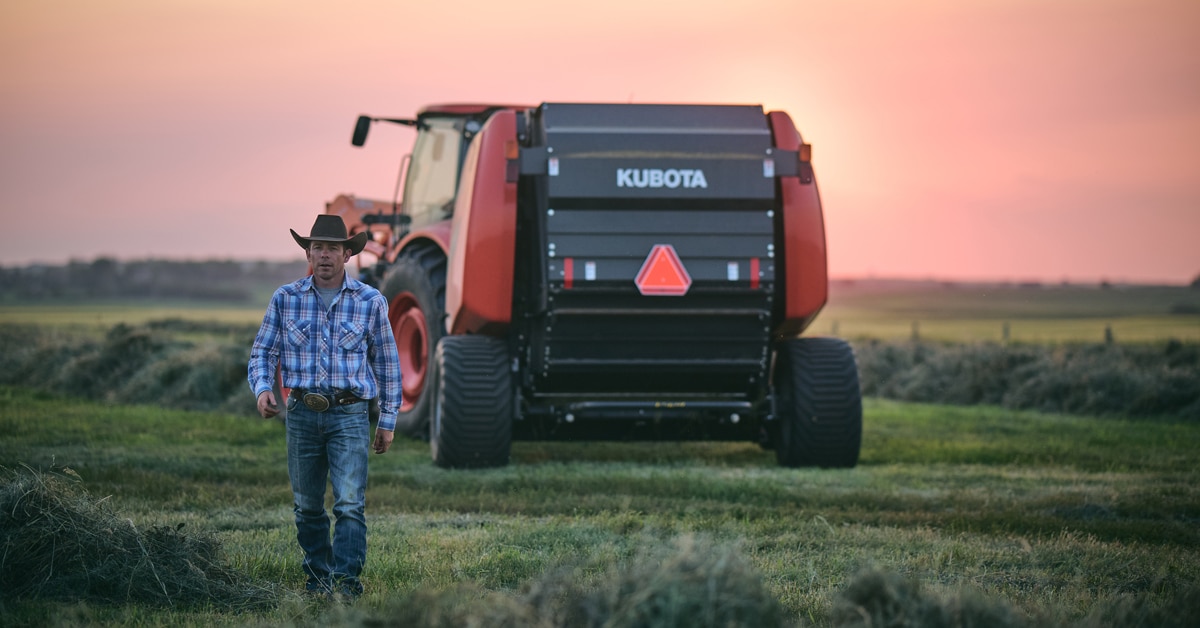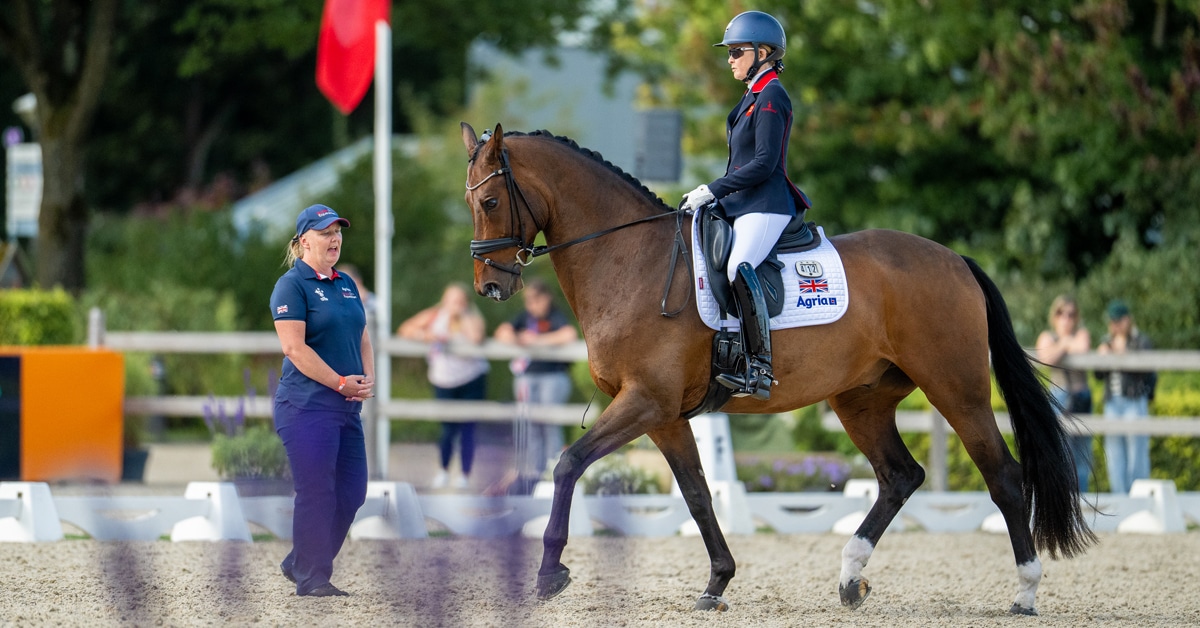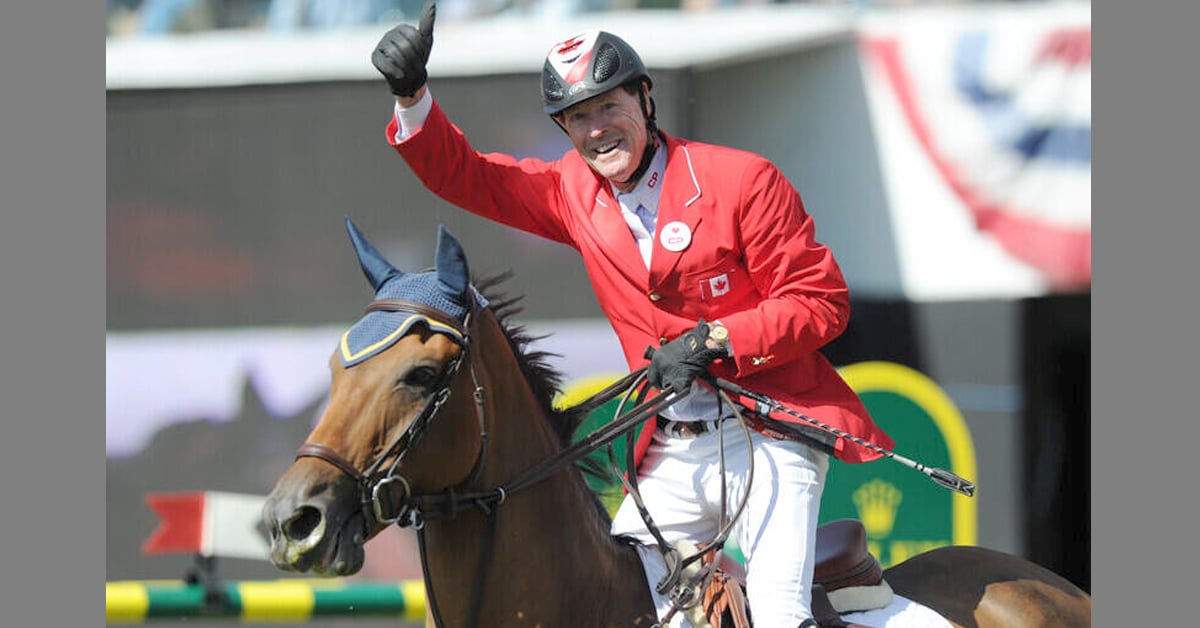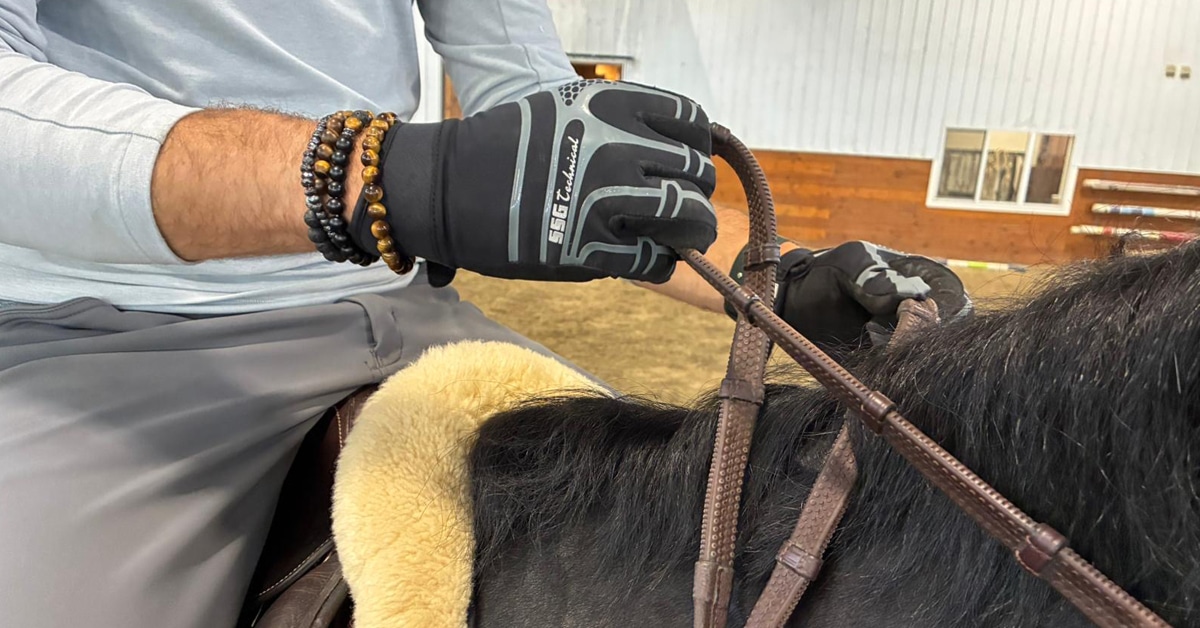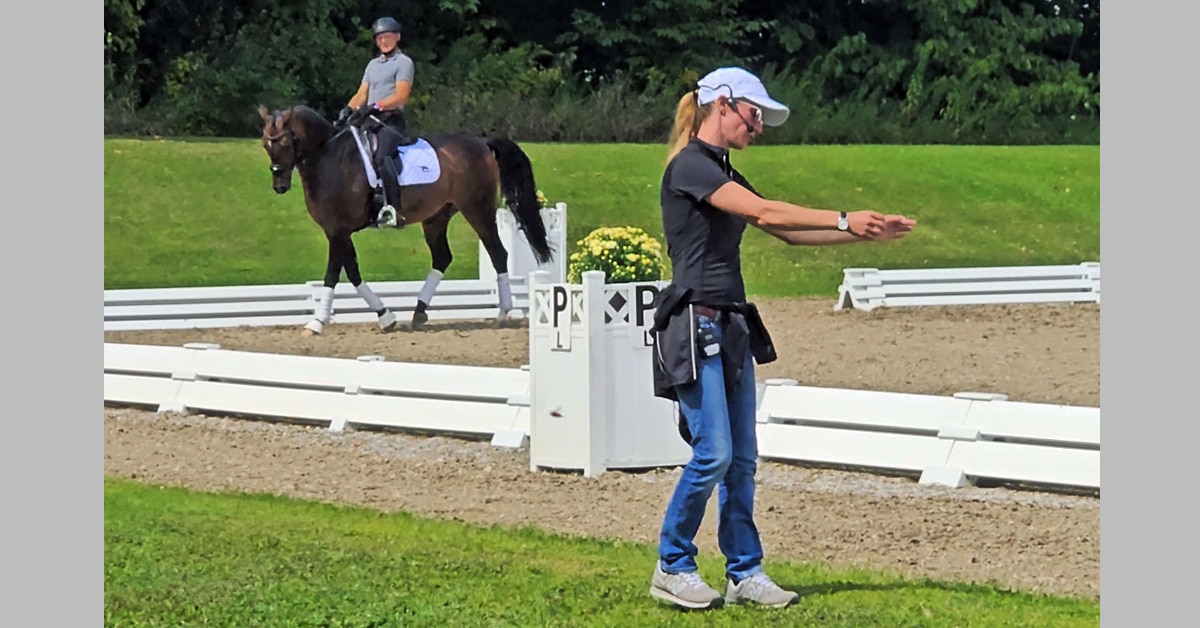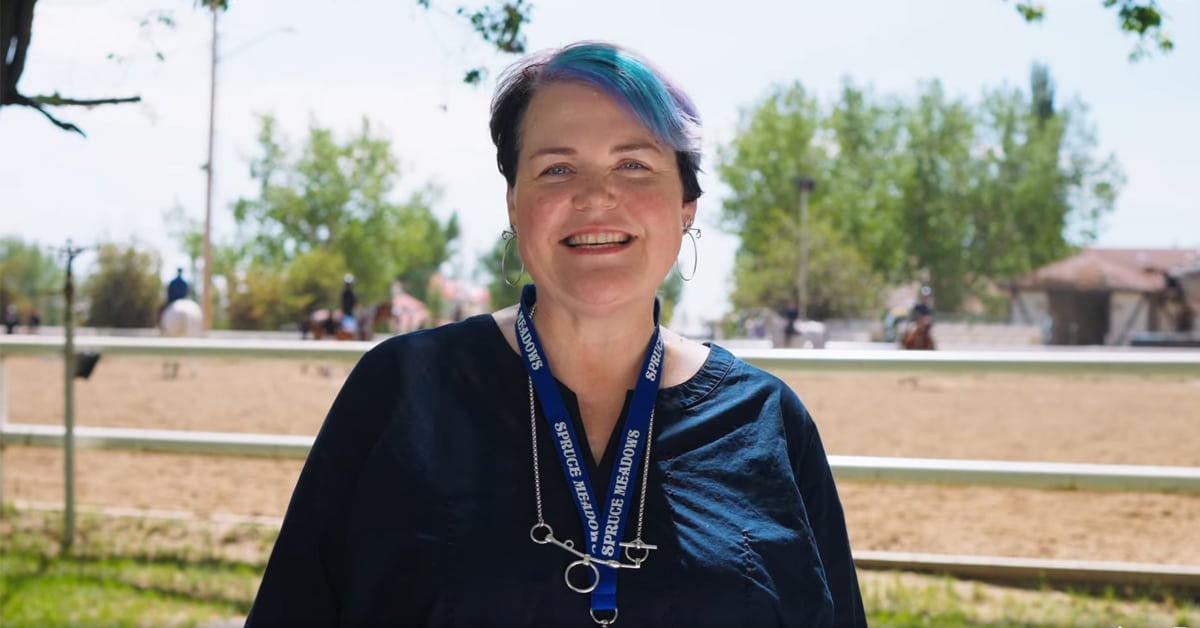Winter can be the perfect time for your horse to catch up on hair growth because irritants like flies and mud usually don’t factor into the equation. No amount of braiding or conditioning can transform sparse locks into flowing waves, but you might be surprised how much a little extra care and maintenance will improve the overall health and strength of your horse’s mane and tail.
So before your resort to roaching out of utter frustration, take advantage of these last few months of winter to encourage hair growth.
Assess Your Hair Care
Does your horse have chronically itchy spots, bald patches, or large tangled snares? There might be an underlying cause for your horse’s stringy, rubbed-raw mane other than genetics. Perhaps she’s allergic to something, or she loves a good rub on her favourite tree or fence post, or maybe she’s turned out with tail-chewers? Take into account whether your horse is blanketed and whether this will affect the hair on her neck and especially her withers. If there is no obvious culprit that can be easily fixed, you might want to consult with your vet about nutritional options or possible underlying health conditions.
Also consider your grooming habits. Being over-zealous with your mane and tail brush can be the blight of a dry, snarled mane prone to snapping, and irreversible damage to years of hair growth can be caused in minutes. Often, fingers and a dandy brush are a better way to make the mane look full and glossy.
The same rule applies to the tail. Always use a detangler or oil to prevent hair from snapping. Start at the bottom of the tail and pick through sections 3-4 inches in length, removing debris and detangling snarls, while holding the hair in your fist to prevent tugging. Never comb the tail straight through from top to bottom, and never pull on knots. Instead, use extra oil as needed.
Keep Hair and Skin Clean
If your horse has a fresh batch of knots every morning, maybe the fairies take her for a gallop at night. Or maybe she’s just itchy. A dirty mane can lead to dandruff and rubbing. Thoroughly washing the skin near the roots of the mane and the mane itself is perhaps the most important part of growing longer, healthier hair. However, resist over-washing, as this will dry out the skin and cause irritation.
The mane can be spot washed in the winter during a milder day. The tail can be washed in a soapy bucket and rinsed in another bucket with warm, clean water. Be sure to use soap sparingly and rinse completely, and allow hair to dry before turnout.
Braid
The simple, three-strand pasture braid is the easiest way to protect your horse’s mane and encourage growth. Each braid should only be two or three inches thick, but the key is to experiment with how many braids are right for you. You might find that smaller braids afford your horse more comfort and last longer, even if they do take a bit longer to put in.
It’s very important to leave two or three inches of hair near the roots loosely braided, to ensure the roots aren’t pulled tight and irritated, causing itching and rubbing. Try not to braid on a “short” neck, when your horse is holding her head high and the topline contracts. Braid when your horse’s neck is relaxed and long to ensure that he can comfortably extend his neck with the braids in.
Because elastics are sometimes harsh on the hair after prolonged use, a low-stick yet secure tape like electrical tape is often a good option for securing braids. An elastic overtop can give extra hold if needed. Braids secured in this way can sometimes last up to two weeks before re-braiding is required.
Braids should be monitored and adjusted to ensure they aren’t irritating your horse.
Wrap
The tail can be kept braided for extended periods in winter because your horse doesn’t need to use it as a fly-swatter.

A braided tail can be placed in a tail bag for extended periods, as long as it is checked often. This Harrison Howard model comes with a fancy fringe!
Once the tail is free of debris and dirt, it can be braided. A simple three-strand braid is the best way to encourage tail growth. Start your braid a few inches below the tail bone to avoid cutting off circulation. As with pasture braids in the mane, begin by braiding the tale loosely and progressively make it tighter.
Next, feed the tail into a tail bag. Tail bags can be worn for long periods of time, and they can be the best tool to help protect the tail and encourage growth when used safely. If you don’t have a tail bag, a tube sock tied into the top strands of the braid is an excellent option. Tail bags must be checked every day to ensure they aren’t pulling or otherwise causing discomfort.
Condition
The final key element to hair growth is keeping the mane and tail thoroughly conditioned to prevent breakages. Oil or conditioner is an absolutely essential component of hair-growth, especially because most horses have dry skin near the roots of their manes and tails.
Before you bag it, make sure to liberally apply oil to the roots of the tail, including the bare skin underneath, from the dock to the end of the tail bone. Then work the oil into the braid itself. Consistently applying oil to the tail will also increase blood flow and help stimulate hair growth.
The mane can be oiled in the same way. You’ll likely have an easier time directly applying oil to the roots of braided hair.
If you have a go-to product that encourages growth or hair strength, now is the time to use it. However, beware the long-term use of products that contain harsh, drying ingredients like alcohol. Applying a non-scented product like coconut oil could be the key to keeping her comfortable in braids. The oil should be reapplied two to three times per week.
The Latest
